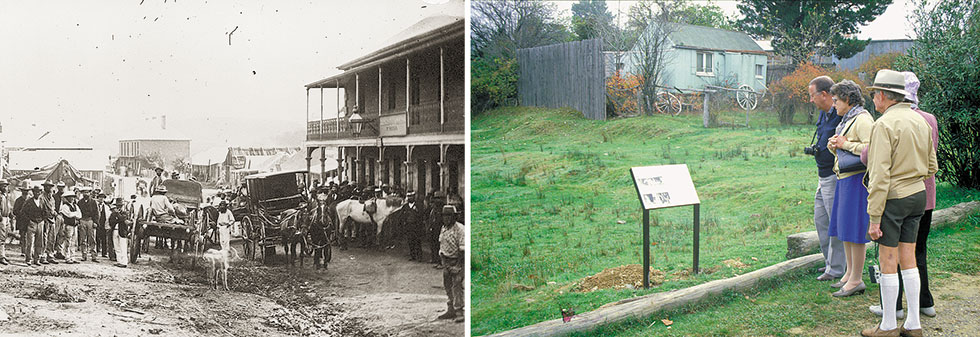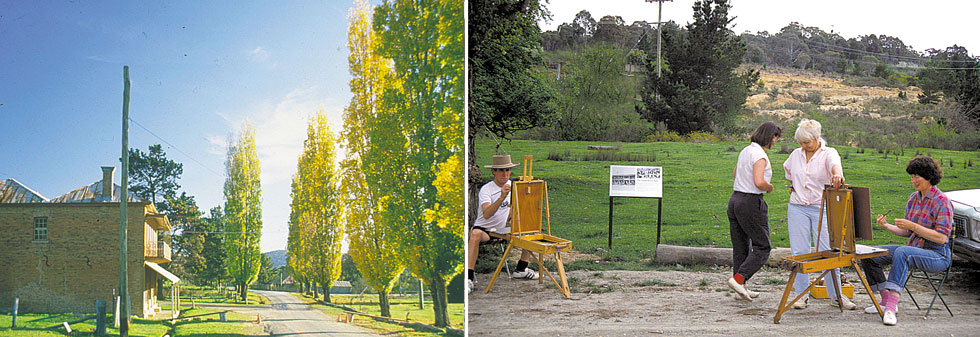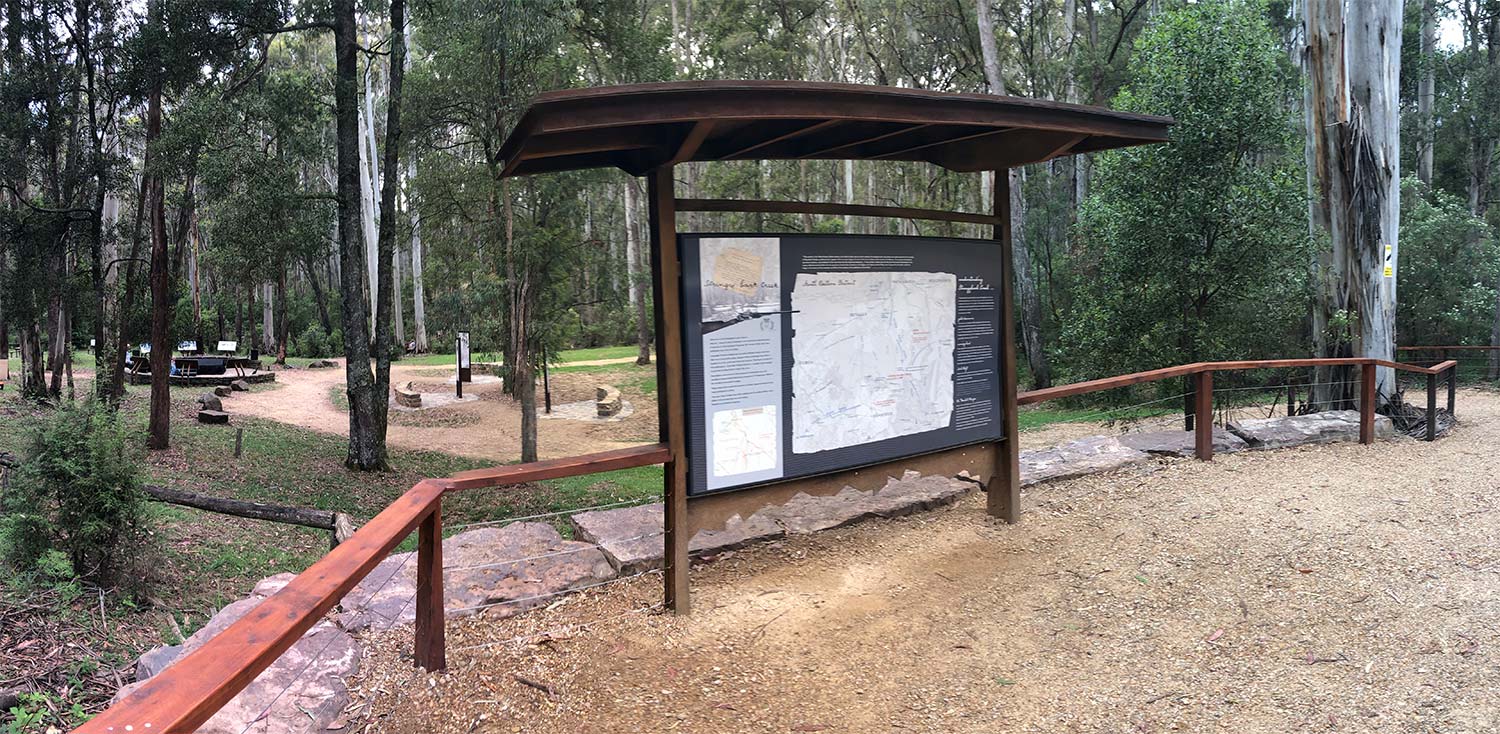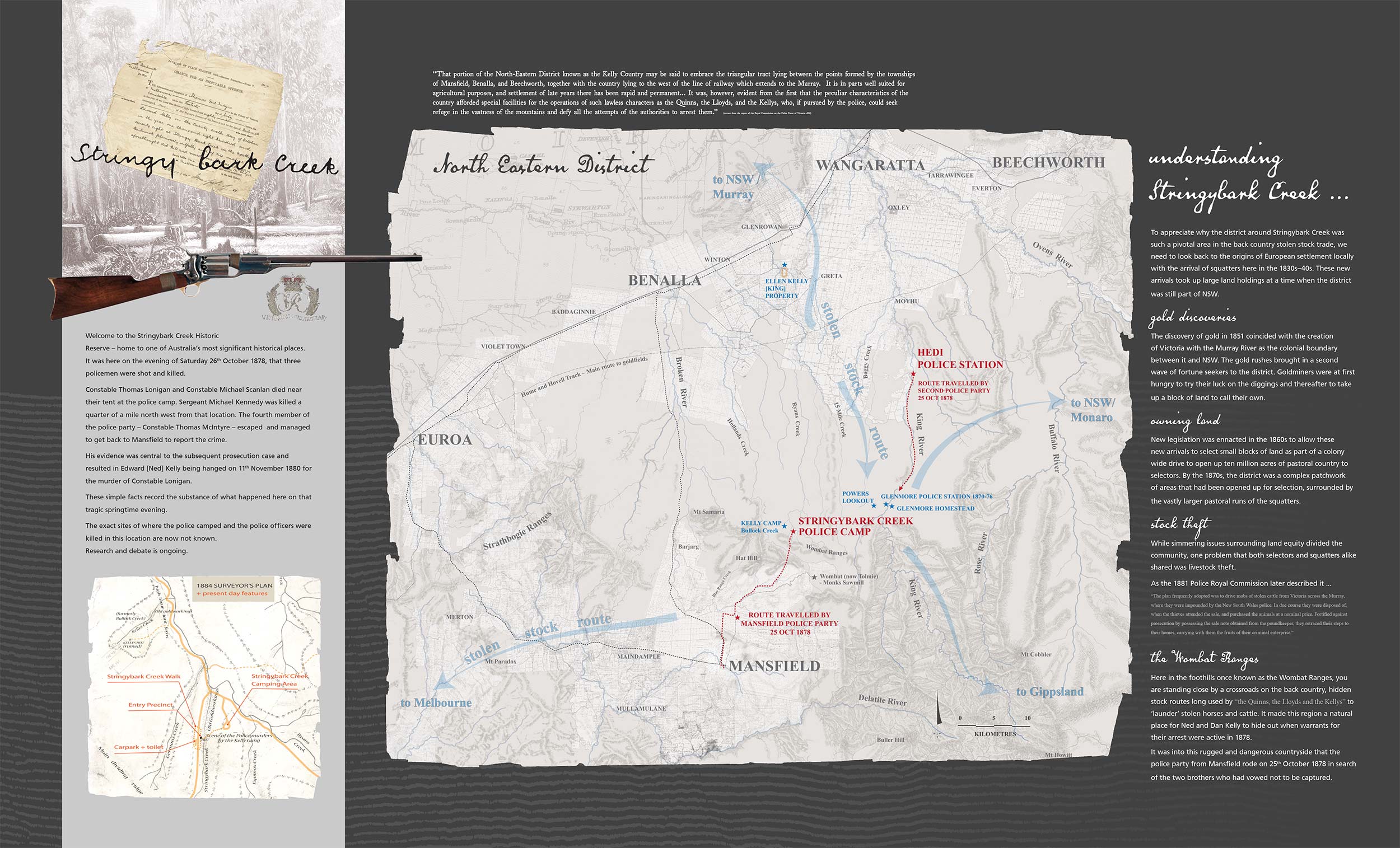Heritage interpretation differs from museum interpretation in one key regard. Whereas museum settings create places wherein to tell their stories, with heritage interpretation the place is the story.
This is a subtle yet crucial difference to appreciate between the two disciplines. In the lead up to the development of heritage interpretation conservation guiding principles like the Burra Charter in the 1980s for example, adapting museum contexts and approaches uncritically to places of heritage significance fuelled a push to turn these areas into outdoor museums.
In the case of the Hill End village for example, initial local pressure to reconstruct historic buildings and recreate the town as it was in its heyday in the 1870s was a very real threat to its heritage landscape values.

Following the installation of interpretive signage in 1988 to help visitors reimagine these places for themselves, local pressures to reconstruct the town's 'missing' buildings subsided.

This approach recognised that while the roaring days of the gold rush decade may have brought international fame to Hill End, its significance as a heritage place embraced all of the forces shaping its landscapes and structures up to and including is conservation as a historic site.



